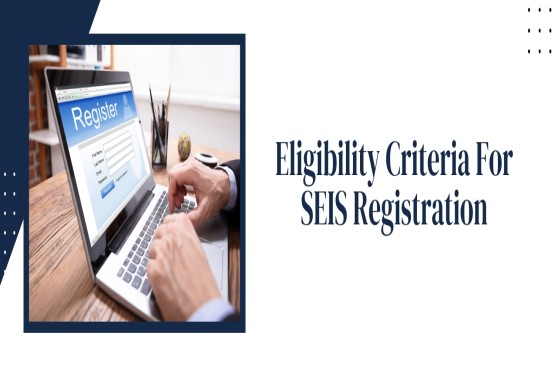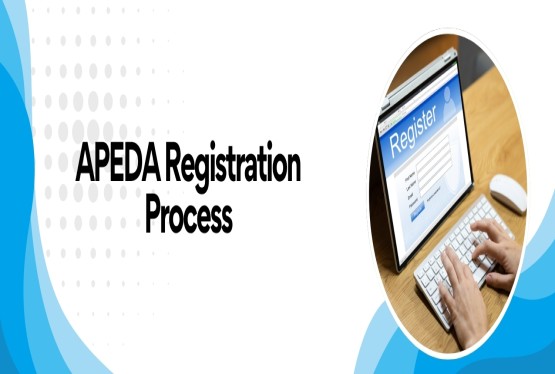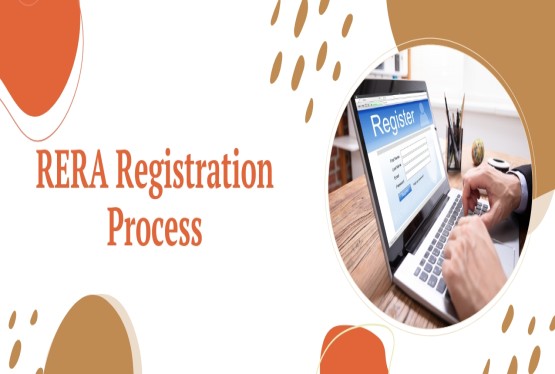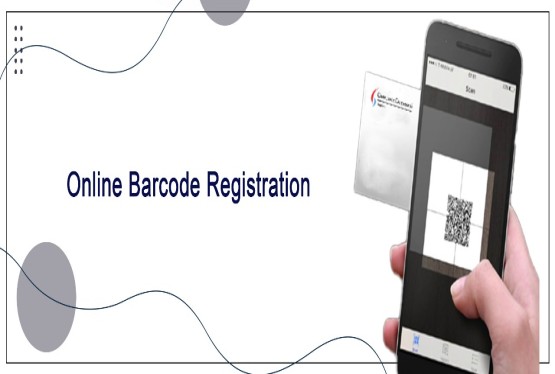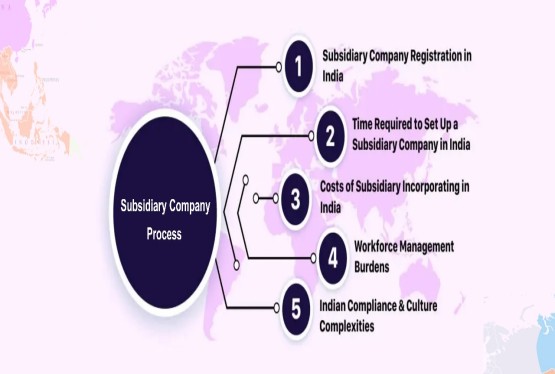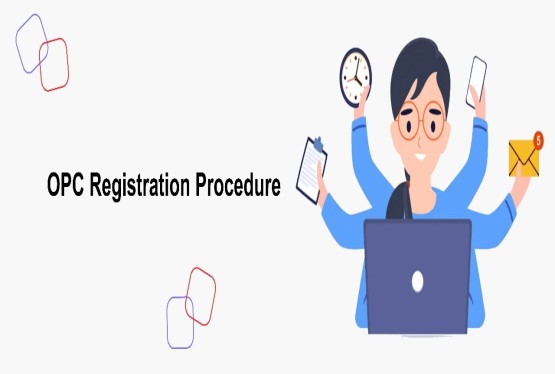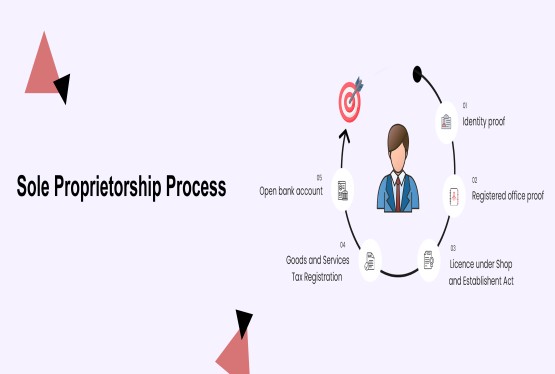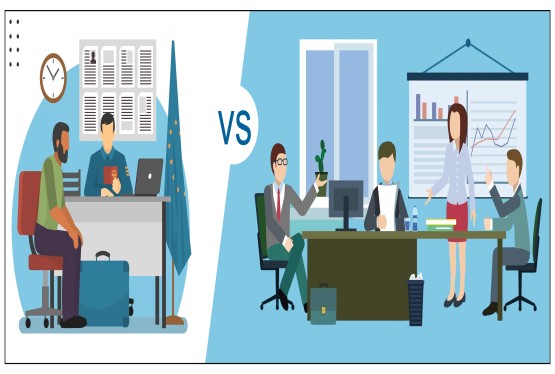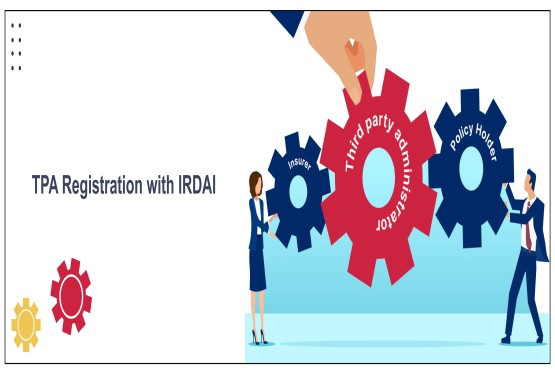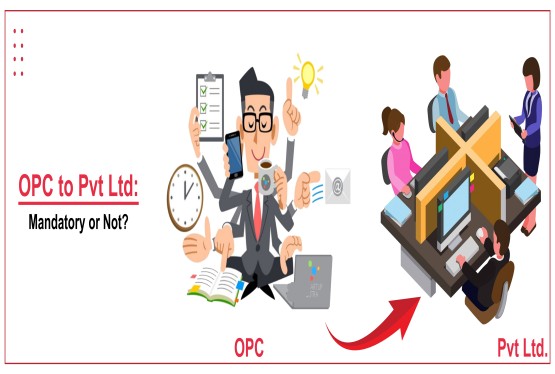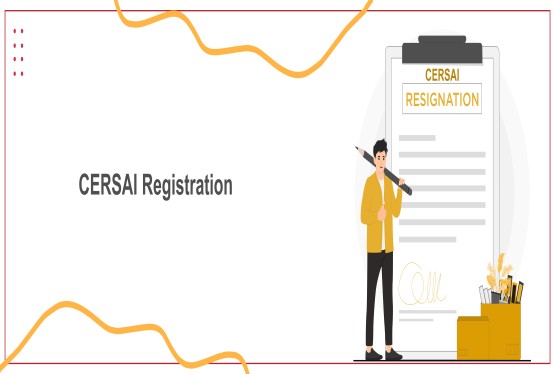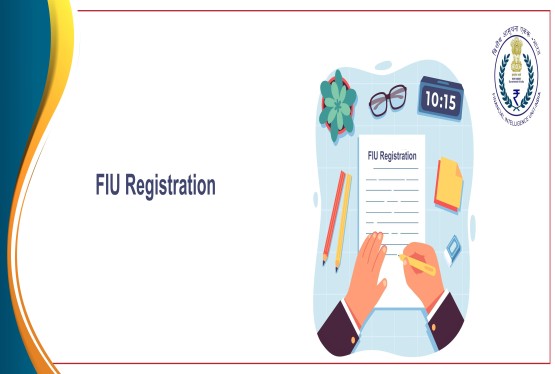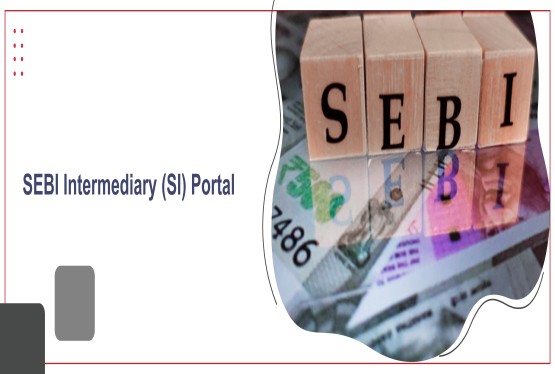The right to a safe and secure workplace is recognized as a basic legal entitlement of every employee. Nevertheless, incidents of sexual harassment continue to pervade workplaces, causing grave harm to the dignity, mental health, and professional advancement of women. In furtherance of the objectives of the Prevention of Sexual Harassment of Women at Workplace (POSH) Act, 2013, the Government of India established SHe-Box in 2017. SHe-Box functions as an electronic complaint mechanism, providing women across all sectors government, private, organized, and unorganized with a single-window, confidential, and transparent platform to lodge complaints of sexual harassment. The portal ensures that such complaints are directed to the legally mandated Internal Committee (IC) or Local Committee (LC), thereby reinforcing employer accountability and facilitating statutory compliance under the POSH framework.
What is SHe-Box?
SHe-Box is an abbreviation that stands for Sexual Harassment Electronic Box. SHe-Box is an online complaint management system launched by the Ministry of Women and Child Development (MWCD), Government of India in 2017. It was developed to give women an online, single-window digital complaint system in case of an experience of sexual harassment in the workplace.
SHe-Box is essentially an e-application whereby women employees in organized sector and unorganized sector can complain directly. Once a complaint is lodged, it is escalated to the authority, Internal Complaints Committee (ICC) of the respective organization or Local Complaints Committee (LCC) at the district level as the case may be.
Learn more about POSH Act Compliance SHe Box Portal now Became Mandatory.
Main Features of SHe-Box
Access from Any Location and at Any Time
The SHe-Box platform has been designed to ensure ease of access to justice. Any woman, irrespective of her geographical location or working hours, can file a complaint online through the portal. This feature eliminates the procedural and logistical barriers that often deter women from approaching conventional grievance mechanisms, thereby ensuring that redressal is available promptly and without undue hardship.
Confidentiality with Transparency
The system upholds the principle of confidentiality by safeguarding the identity of the complainant at all stages of the proceedings. At the same time, it maintains transparency by enabling the complainant to track the real-time status of her complaint. This balance of privacy and accountability strengthens the integrity of the grievance redressal process and enhances the confidence of women to report sexual harassment without fear of reprisal.
Legal Enforcement under POSH Act, 2013
The SHe-Box portal operates as a statutory support mechanism under the Protection of Women from Sexual Harassment (POSH) Act, 2013. By providing a structured platform for filing and processing complaints, it enhances the enforceability of the Act’s provisions. It ensures that complaints are directed to the concerned Internal Committee (IC) or Local Committee (LC) as mandated by law, thereby reinforcing the legal obligation of employers and authorities to act upon such grievances.
Applicability to All Women Workers
The platform extends its coverage universally to all women, irrespective of the nature or sector of their employment. It is equally available to women employed in government establishments, private organizations, non-governmental entities, and the informal sector, as well as to those engaged in domestic work. This broad applicability ensures that every woman, regardless of her workplace structure, has access to a formal grievance redressal mechanism.
Government-Monitored Platform
In sum, SHe-Box functions as a government-monitored mechanism intended to make the reporting of workplace sexual harassment more accessible, secure, and accountable. By integrating statutory requirements with a technologically advanced platform, it provides a robust framework that strengthens compliance with the POSH Act, 2013, while also protecting the rights and dignity of women in the workplace.
Who Can File a Complaint on SHe-Box?
Government Employees
Any woman employed in a government establishment, whether under a central or state ministry, department, public sector undertaking, or autonomous body, is entitled to file a complaint on SHe-Box. The platform ensures that public institutions adhere to their statutory obligations under the POSH Act, 2013, and that no woman in public service is deprived of a secure forum for redressal.
Private Sector Employees
Women working in private companies, non-governmental organizations, startups, or other privately managed establishments also fall within the ambit of SHe-Box. By extending protection to this category, the platform ensures compliance with the POSH Act across both formal and informal private workplaces, reinforcing the duty of employers to safeguard the dignity of women employees.
Interns, Trainees, and Apprentices
The right to file a complaint on SHe-Box is not restricted to regular employees. Interns, trainees, and apprentices irrespective of whether they are paid, unpaid, or formally employed are equally covered. This provision recognizes that harassment can occur during training or temporary association with an organization, and provides legal recourse to protect such individuals.
Contractual, Part-Time, and Temporary Workers
Women engaged as part-time employees, consultants, or contractual workers, including those appointed on a temporary basis, are also eligible to lodge complaints through SHe-Box. The inclusion of this category ensures that employment status cannot be used as a ground to deny protection against sexual harassment, thereby advancing the principle of equal treatment under law.
Workers in the Unorganized Sector
The SHe-Box platform extends its coverage to women employed in the unorganized sector, such as domestic workers, full-time helpers, and daily wage earners. This provision is of particular significance as such workers are often outside the formal structures of grievance redressal. By granting them access to a government-monitored mechanism, SHe-Box gives effect to the broader intent of the POSH Act, 2013, to protect all women irrespective of workplace type.
Inclusivity Beyond Office Work
The eligibility to file complaints is not confined to office-based roles. Every woman worker, whether engaged in formal or informal employment, is entitled to access the SHe-Box mechanism. This inclusivity reflects the legislative intent of the POSH Act, 2013, which seeks to uphold the right of every woman to a workplace that is safe, dignified, and free from harassment.
Spirit of Inclusivity under POSH Act, 2013
In its design, SHe-Box embodies the inclusivity envisaged under the POSH Act, 2013. By recognizing the right of every working woman across sectors and employment types to a harassment-free workplace, the platform affirms the fundamental principles of equality, dignity, and non-discrimination enshrined in the Act.
Documents Required for Registration on SHe-Box
Proof of Identity
A complainant may submit documentary proof of identity such as Aadhaar Card, PAN Card, Voter Identity Card, Passport, or any other government-recognized identification. While not mandatory, furnishing proof of identity strengthens the authenticity of the complaint and expedites verification by the competent authority.
Employer or Organizational Information
Where applicable, details of the employer and/or organization may be provided. This may include the name of the organization, address of the workplace, and designation or position of the complainant. Submission of this information enables the authorities to direct the complaint to the appropriate Internal Committee (IC) or Local Committee (LC), as mandated under the POSH Act, 2013.
Written Account of the Incident
The complainant is encouraged to submit a written description of the incident of sexual harassment. Such an account should, as far as possible, include the date, time, and location of the occurrence. Providing a detailed narrative allows the authorities to conduct a preliminary assessment and ensures that the complaint is processed efficiently.
Supporting Evidence
The complainant may also provide any supporting evidence relevant to the incident. This can include copies of emails, text messages, digital screenshots, or witness statements. Although not compulsory, the submission of such evidence assists in corroborating the allegations and supports effective investigation and adjudication.
Flexibility in Documentation
It is important to note that SHe-Box has been intentionally designed to be accessible and user-friendly. A woman may lodge her complaint with or without supporting documentation. The absence of documents does not invalidate the complaint; rather, the system ensures that every woman has the opportunity to report sexual harassment without procedural barriers.
Alignment with the Spirit of POSH Act, 2013
By allowing complaints with or without documentation, SHe-Box reflects the legislative intent of the POSH Act, 2013 to provide an inclusive, dignified, and barrier-free mechanism for addressing sexual harassment in the workplace. The system prioritizes access to justice and places the complainant’s convenience and safety at the forefront.
Step-by-Step Registration Process on SHe-Box
Accessing the Portal and Registration Form
The complainant shall first visit the official SHe-Box portal and select the option “Register Your Complaint” from the homepage. This action will redirect the user to the complaint registration form, which serves as the formal entry point for initiating grievance redressal under the Protection of Women from Sexual Harassment (POSH) Act, 2013.
Declaration of Category/Employment Status
The registration form requires the complainant to indicate her category of employment. Options include Central Government employee, State Government employee, private sector employee, worker in the unorganized/domestic sector, or student. The disclosure of this information ensures that the complaint is directed to the appropriate Internal Committee (IC) or Local Committee (LC) in accordance with statutory provisions.
Provision of Contact and Employment Details
The complainant must furnish essential particulars, including her full name, valid email address, mobile number, workplace name and address (if applicable), present designation, and current location. A valid email ID and mobile number are mandatory, as these are used for confirmation, acknowledgement, and subsequent tracking of the complaint on the portal.
Detailing the Incident(s)
The form requires a chronological and fact-based narration of the incident(s) of sexual harassment. The complainant is expected to state the date, time, and location of the occurrence(s), along with the name(s) or designation(s) of the alleged perpetrator(s), and details of any witness(es), if available. In case of multiple incidents, each incident should be recorded, with reference to the timelines prescribed under the POSH Act, 2013.
Submission of Supporting Materials (Optional)
Although not mandatory, the complainant may upload supporting documents or materials to substantiate her claim. These may include screenshots, WhatsApp messages, emails, photographs, appointment letters, pay slips, medical or forensic reports, or CCTV footage, if available. Acceptable file formats typically include PDF, DOC/DOCX, and JPG/PNG. Multiple files may be consolidated into a single PDF for convenience and compliance with the portal’s technical requirements.
Verification and Submission
Before final submission, the complainant must complete the captcha verification and review all information provided for accuracy. Upon clicking the “Submit” option, an on-screen receipt of submission will be generated, accompanied by an email confirmation. In cases where an email confirmation link is provided, the complainant must validate it to formally acknowledge the filing.
Issuance of Tracking ID and Routing of Complaint
Upon successful submission, the portal assigns a unique tracking/reference ID. The complaint is automatically routed to the designated Internal Committee (IC) of the complainant’s workplace or, in the absence of an IC, to the appropriate Local Committee (LC). Where neither exists, the portal notifies the concerned nodal officer to initiate action in compliance with the POSH Act, 2013.
Checking Status and Updates
The complainant may monitor the progress of her case under the “View Status of Complaint” section of the portal by using the login credentials created at the time of registration or sent via email. The status feature provides real-time updates on pending actions, changes in complaint status, and final disposal. Additionally, in cases referred to an IC/LC, inquiry reports may also be uploaded on the portal for review.
Final Thoughts
SHe-Box is a significant Government of India initiative to establish safe workplaces for women. The initiative provides women with a secure, digital, confidential, and transparent platform who experience feelings of unsafety due to sexual harassment incidents allowing them to report incidents safely in confidence and without fear or hesitation. This initiative is a welcomed addition to the Prevention of Sexual Harassment Act, (POSH), of 2013, which placed the onus on employers to create a workplace culture of respect for all.
There are still lingering issues with awareness of SHe-Box, accessibilty issues, and timing of resolutions to investigate incidents. Nonetheless, SHe-Box is a positive step toward addressing the issues of gender equity and workplace safety. For SHe-Box to be effective and offer an advantage to women, employers and employees will have to embrace the system. Ultimately, SHe-Box is not just an online portal for reporting incidents of sexual harassment, but it stands for the fundamental dignity of working woman in India, to have the right to work and make a living without being harassed, while building confidence for working women to exercise their rights to dignified treatment.

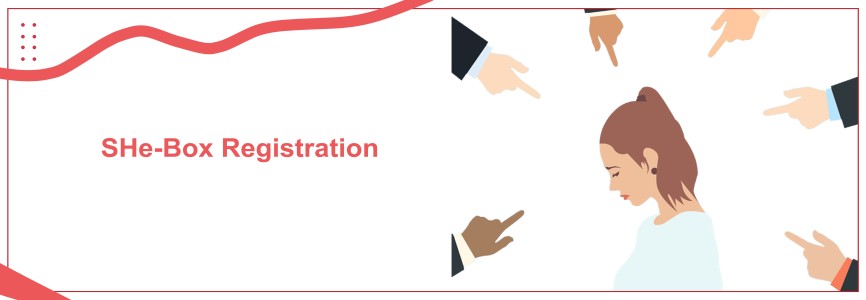










_crop10_thumb.jpg)





_crop10_thumb.jpg)




























-Form_crop10_thumb.jpg)

_crop10_thumb.jpg)























_learn_crop10_thumb.jpeg)
































_crop10_thumb.jpg)

_crop10_thumb.jpg)





















_crop10_thumb.jpg)







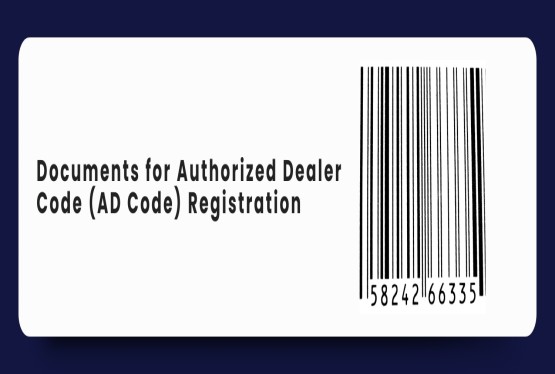







_for_Foreign_Directors_learn_crop10_thumb.jpeg)




_Act,_2015_learn_crop10_thumb.jpg)









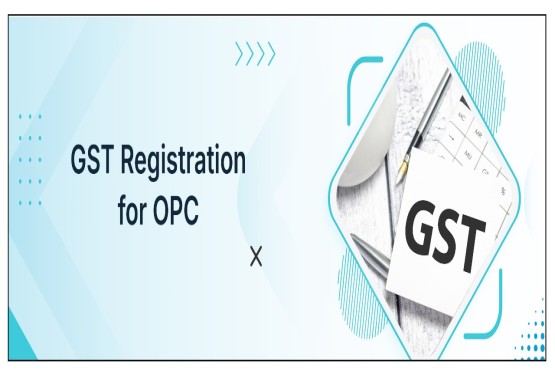

























_learn_crop10_thumb.jpg)


